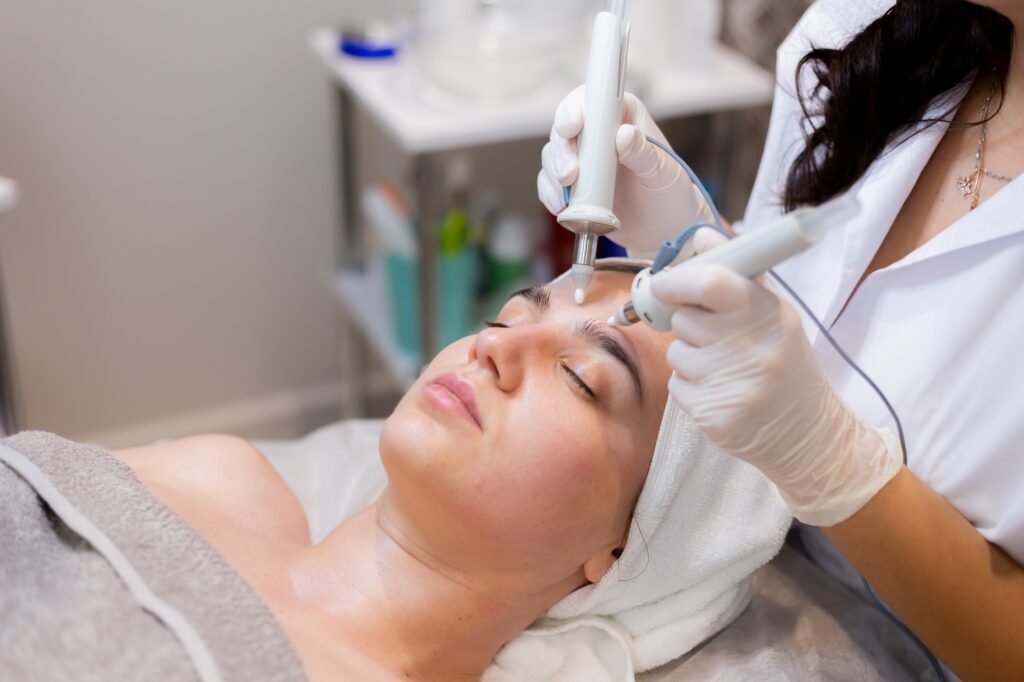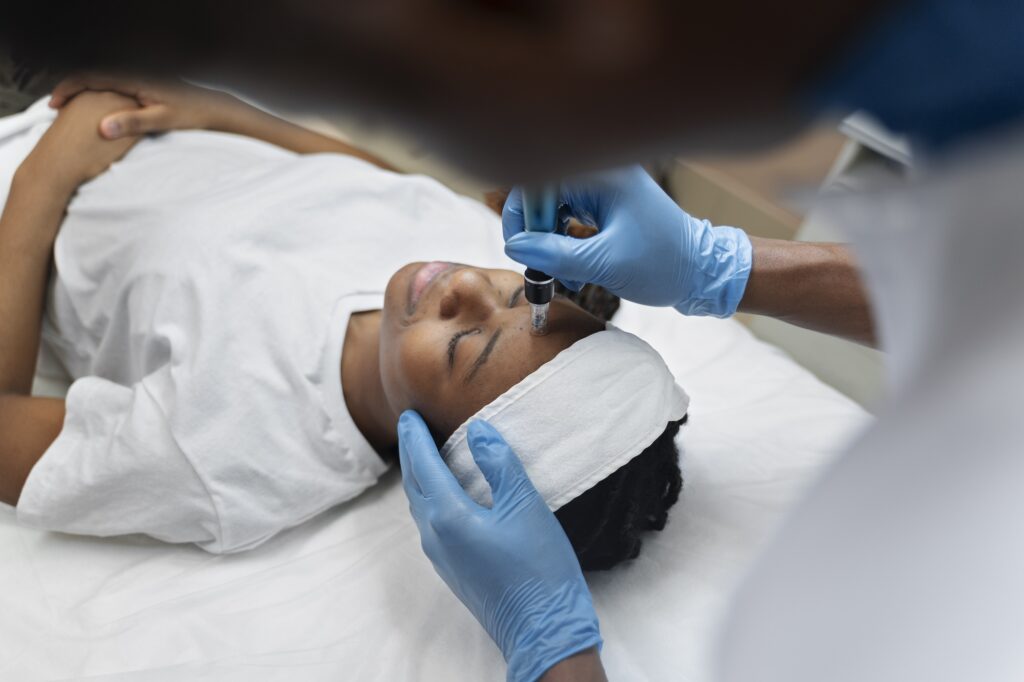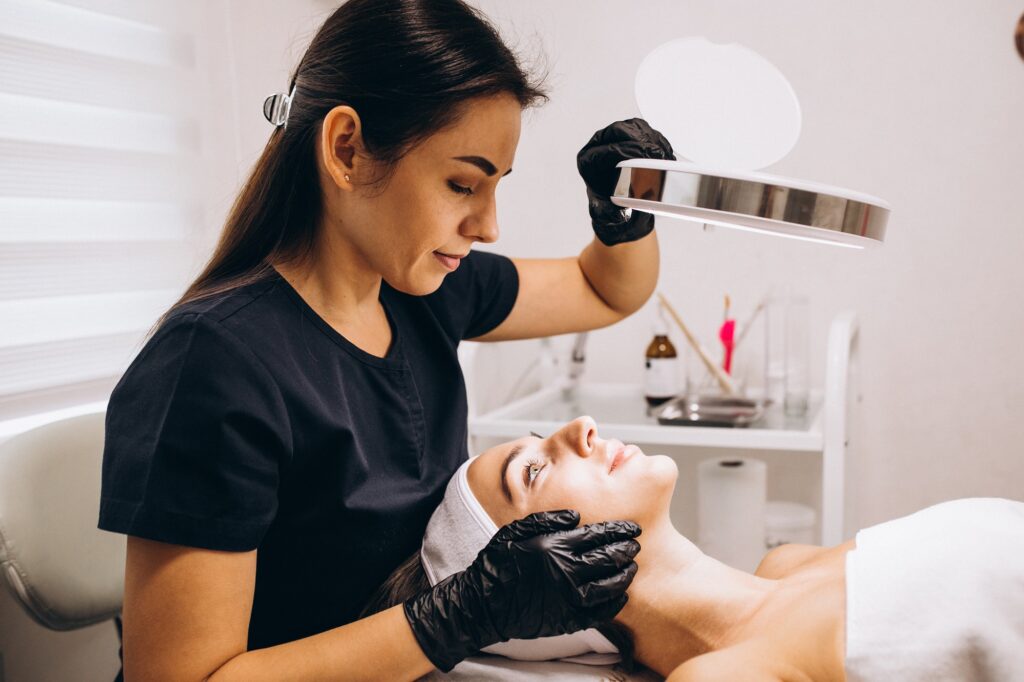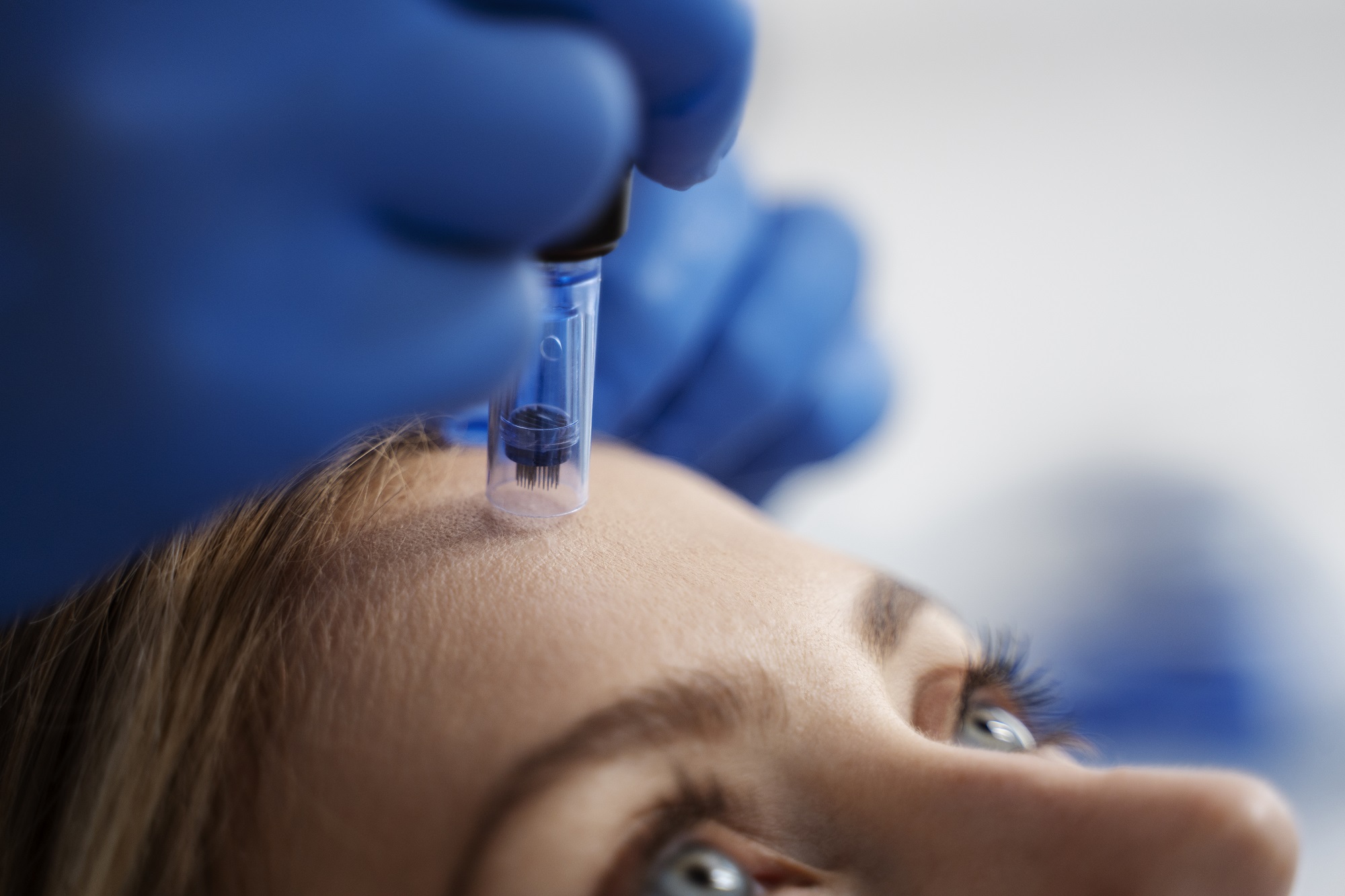Considering the plethora of skin treatments available today, it can be overwhelming to determine which one is right for you. However, if you’re looking for a minimally invasive treatment that offers impressive results, microneedling might be the answer. In this article, we will explore microneedling and compare it to other common skin treatments, helping you make an informed decision about which one is best suited for your needs.
Understanding the benefits of microneedling

Microneedling, also known as collagen induction therapy, involves creating tiny punctures in the skin using a device equipped with fine needles. These micro-injuries stimulate the body’s natural healing process, resulting in the production of collagen and elastin, two essential proteins that rejuvenate the skin. One of the key benefits of microneedling is its ability to improve the skin’s texture, tone, and overall appearance.
Microneedling is also effective in reducing the appearance of fine lines, wrinkles, acne scars, and hyperpigmentation. Additionally, it can enhance the absorption of skincare products, making them more effective. Another advantage of microneedling is that it is suitable for all skin types, making it a versatile option for many individuals seeking skin rejuvenation treatments.
In terms of safety, microneedling is considered relatively low-risk when performed by a trained professional. The procedure is minimally invasive and typically requires minimal downtime, with most people being able to resume their normal activities shortly after treatment.
The effectiveness of other popular skin treatments
When comparing microneedling to other popular skin treatments such as chemical peels, laser resurfacing, dermaplaning, and microdermabrasion, it is essential to consider the specific benefits and drawbacks of each option. Chemical peels, for example, involve the application of a chemical solution to the skin to exfoliate and improve its appearance.

Laser resurfacing, on the other hand, uses laser technology to remove the outer layers of the skin, promoting collagen production and skin rejuvenation. Dermaplaning is a method of exfoliation that uses a surgical scalpel to remove dead skin cells and peach fuzz, resulting in smoother, brighter skin. Microdermabrasion is a non-invasive procedure that uses a diamond-tipped device to gently exfoliate the skin, improving its texture and tone.
Each of these treatments has its own set of benefits and considerations, making it essential to consult with a skincare professional to determine which option is best suited for your specific skin concerns and goals.
Factors to consider when choosing a skin treatment
When deciding on a skin treatment, several factors should be taken into account to ensure that you achieve the desired results. Firstly, it is essential to consider your skin type and any specific concerns you may have, such as acne, aging, or pigmentation issues.
Secondly, your lifestyle and schedule should also be considered, as some treatments may require downtime for recovery. Additionally, the cost of the treatment and the number of sessions needed to achieve optimal results should be factored into your decision-making process.
Furthermore, it is crucial to choose a reputable skincare clinic or provider with experienced professionals who can perform the treatment safely and effectively. By carefully considering these factors, you can make an informed decision about which skin treatment is right for you.
Microneedling procedure and how it work
The microneedling procedure typically begins with the application of a numbing cream to ensure a comfortable experience for the patient. Once the skin is numb, the provider will use a handheld device with fine needles to create controlled micro-injuries on the skin’s surface.

These micro-injuries stimulate the body’s natural healing response, triggering the production of collagen and elastin. As the skin heals, it becomes firmer, smoother, and more youthful in appearance. Additionally, the micro-channels created during the treatment allow for better absorption of skincare products, maximizing their efficacy.
After the procedure, it is essential to follow the post-care instructions provided by your skincare provider to promote healing and optimize results. This may include avoiding direct sunlight, using gentle skincare products, and staying hydrated to support the skin’s recovery process.
Comparing microneedling with chemical peels
When comparing microneedling with chemical peels, it is essential to consider the specific benefits and drawbacks of each treatment option. Chemical peels are effective in exfoliating the skin, reducing acne scars, and improving skin tone and texture. However, they may cause redness, peeling, and sensitivity post-treatment.
On the other hand, microneedling stimulates collagen production, improves skin firmness, and enhances product absorption. While microneedling may also result in redness and mild swelling, these side effects typically subside within a few days, making it a popular choice for individuals seeking skin rejuvenation with minimal downtime.
Both microneedling and chemical peels have their unique advantages, making it essential to consult with a skincare professional to determine which treatment is best suited for your skin concerns and goals.
Microneedling vs. laser resurfacing: Which is better?
Laser resurfacing is a popular skin treatment that uses laser technology to remove the outer layers of the skin, promoting collagen production and improving skin texture and tone. While laser resurfacing can deliver impressive results, it may require a longer recovery time compared to microneedling.
Microneedling, on the other hand, triggers collagen production, reduces fine lines and wrinkles, and improves skin firmness with minimal downtime. Additionally, microneedling is suitable for all skin types, making it a versatile option for many individuals seeking skin rejuvenation treatments.
Ultimately, the choice between microneedling and laser resurfacing depends on your specific skin concerns, desired results, and tolerance for downtime. Consulting with a skincare professional can help you determine which treatment is best suited for your needs.

Microneedling vs. dermaplaning: Which is more suitable?
Dermaplaning is a method of exfoliation that uses a surgical scalpel to remove dead skin cells and peach fuzz, resulting in smoother, brighter skin. While dermaplaning can improve skin texture and tone, it may not stimulate collagen production or offer long-term skin rejuvenation benefits like microneedling.
Microneedling, on the other hand, creates micro-injuries in the skin to trigger collagen production, reduce fine lines and wrinkles, and improve skin firmness. Additionally, microneedling enhances the absorption of skincare products, making them more effective.
When deciding between microneedling and dermaplaning, it is essential to consider your specific skin concerns and goals. If you are looking for long-term skin rejuvenation and collagen stimulation, microneedling may be the more suitable option.
Microneedling vs. microdermabrasion: Which treatment is right for you?
Microdermabrasion is a non-invasive procedure that uses a diamond-tipped device to gently exfoliate the skin, improving its texture and tone. While microdermabrasion can enhance skin smoothness and brightness, it may not offer the same collagen-stimulating benefits as microneedling.
Microneedling, on the other hand, triggers collagen production, reduces fine lines and wrinkles, and improves skin firmness. It is also effective in treating acne scars, hyperpigmentation, and other common skin concerns.
When deciding between microneedling and microdermabrasion, it is essential to consider your skincare goals and desired outcomes. If you are seeking comprehensive skin rejuvenation and collagen stimulation, microneedling may be the right treatment for you.
Conclusion
In conclusion, when deciding between microneedling and other skin treatments, it is crucial to consider your specific skin concerns, desired results, and tolerance for downtime. Microneedling offers numerous benefits, including collagen stimulation, improved skin texture, and minimal downtime, making it a popular choice for many individuals seeking skin rejuvenation.
While other treatments like chemical peels, laser resurfacing, dermaplaning, and microdermabrasion also have their unique advantages, microneedling stands out for its versatility and effectiveness in addressing a wide range of skin concerns.
Consulting with a skincare professional can help you determine which treatment is best suited for your needs and goals. Whether you choose microneedling or another skin treatment, prioritizing your skin health and investing in professional skincare can help you achieve a radiant, youthful complexion that boosts your confidence and overall well-being.


